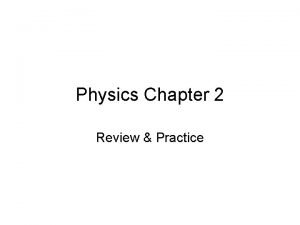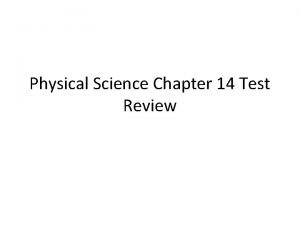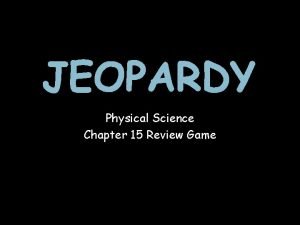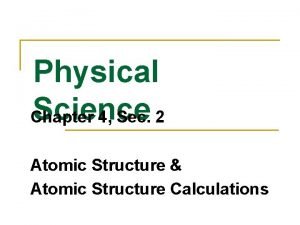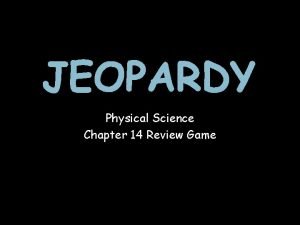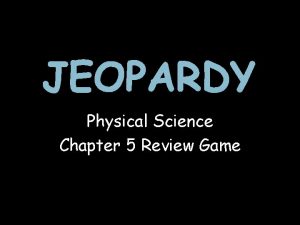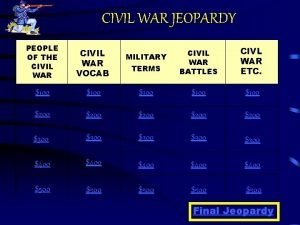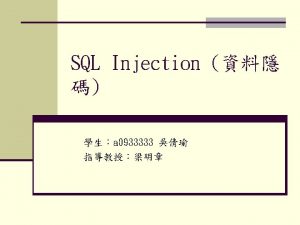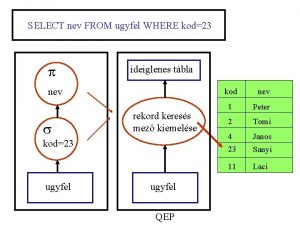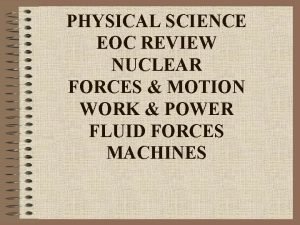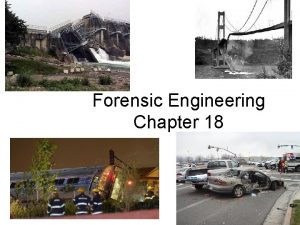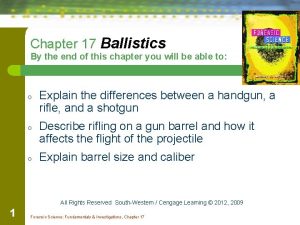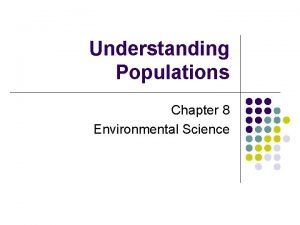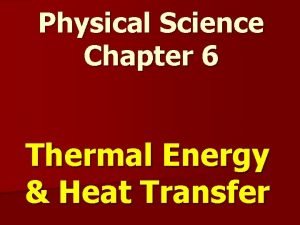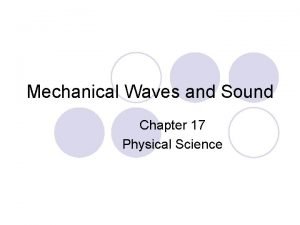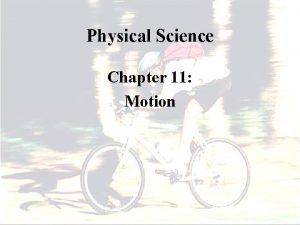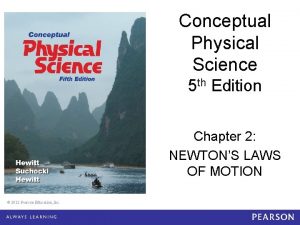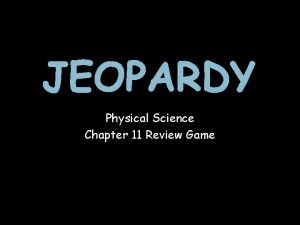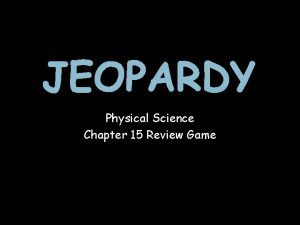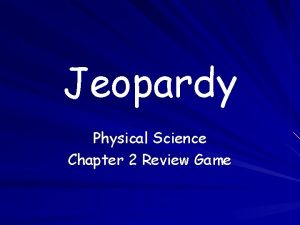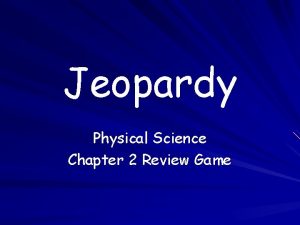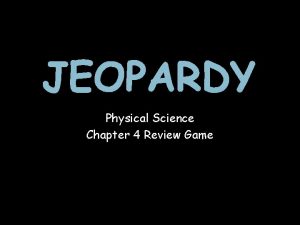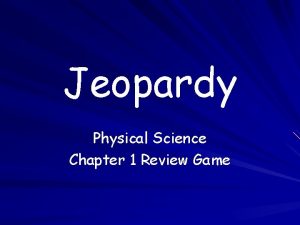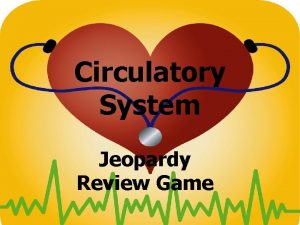JEOPARDY Physical Science Chapter 17 Review Game Select











































- Slides: 43

JEOPARDY Physical Science Chapter 17 Review Game

Select a Category 1 point 2 points 3 points 4 points 5 points

Type of mechanical wave that needs a source of energy to produce it. 1 point Check

What are surface, longitudinal, and transvers waves? 1 point Back to Category Slide

This has to occur before refraction can take place. 2 points Check

What is enter a new medium at an angle? 2 points Back to Category Slide

This causes an ambulance siren to seemingly change frequencies as it passes you. 3 points Check

What is the Doppler Effect? 3 points Back to Category Slide

When two waves collide and the result is a smaller wave than the originals. 4 points Check

What is destructive interference? 4 points Back to Category Slide

Frequency of sound you hear as a sound source approaches you. 5 points Check

What is higher freq. than when the source is stationary? 5 points Back to Category Slide

Speed of a wave with a wavelength of 15 m and frequency of 4 Hz. 1 point Check

What is 60 m/s? 1 point Back to Category Slide

Formula for determining speed of a wave. 2 points Check

What is speed = frequency x wavelength? 2 points Back to Category Slide

Mechanical waves can move through this medium. 3 points Check

What is solid, liquid, or gas? 3 points Back to Category Slide

Transverse and longitudinal waves both do this. 4 points Check

What is transfer energy through a medium? 4 points Back to Category Slide

Part of ear that amplifies the vibrations from sound waves. 5 points Check

What is middle ear? 5 points Back to Category Slide

A disturbance sends ripples across a tub of water. The ripples are this type of wave. 1 point Check

What is a surface wave? 1 point Back to Category Slide

We measure here to find amplitude of wave. 2 points Check

What is crest (or trough) to midpoint, or rest position. 2 points Back to Category Slide

This wave causes the medium to vibrate in a direction parallel to the wave’s motion. 3 points Check

What is a longitudinal wave? 3 points Back to Category Slide

Length of time it takes for one complete wavelength to pass a fixed point. 4 points Check

What is a period? 4 points Back to Category Slide

Waves in a rope shook up and down are this type of wave. 5 points Check

What is transverse? 5 points Back to Category Slide

If two waves collide to form a temporary larger wave, the interference is this kind. 1 point Check

What is constructive? 1 point Back to Category Slide

In a transverse wave, this is measured crest to crest or trough to trough. 2 points Check

What is wavelength? 2 points Back to Category Slide

Instead of crests or troughs, a longitudinal wave has these. 3 points Check

What are compressions and rarefactions? 3 points Back to Category Slide

The wavelength of an earthquake wave if its speed is 10 km/s and its frequency is 5 Hz. 4 points Check

What is 2 km? 4 points Back to Category Slide

If a wave with relatively large wavelength passes through a relatively small hole, this will occur. 5 points Check

What is diffraction? 5 points Back to Category Slide

Congratulations! You have completed the game of Jeopardy.
 Glencoe physical science chapter 2 review answers
Glencoe physical science chapter 2 review answers Chapter 14 review physical science
Chapter 14 review physical science Physical science jeopardy
Physical science jeopardy Physical science chapter 4 review
Physical science chapter 4 review Chapter 14 review physical science
Chapter 14 review physical science Physical science chapter 5 review
Physical science chapter 5 review As your room gets messier day by day, entropy is
As your room gets messier day by day, entropy is Chapter 16 review physical science
Chapter 16 review physical science Genetics jeopardy review game
Genetics jeopardy review game Civil war jeopardy review game
Civil war jeopardy review game Evolution jeopardy review game
Evolution jeopardy review game World war one jeopardy
World war one jeopardy Juliet jeopardy
Juliet jeopardy Ap world history jeopardy review game
Ap world history jeopardy review game Apwh final exam review
Apwh final exam review Science jeopardy for kids
Science jeopardy for kids Select * from select
Select * from select Select * from select
Select * from select Select * from select
Select * from select Select * from select
Select * from select Periodic table jeopardy
Periodic table jeopardy Noah carried a skateboard
Noah carried a skateboard Physical science eoc practice test
Physical science eoc practice test Physical science eoc review
Physical science eoc review Chapter 4 work and energy section 1 work and machines
Chapter 4 work and energy section 1 work and machines Branches of science mind map
Branches of science mind map Natural science vs physical science
Natural science vs physical science What is your favorite subject answer?
What is your favorite subject answer? Chapter review motion part a vocabulary review answer key
Chapter review motion part a vocabulary review answer key The golden book of camping
The golden book of camping Objectives of water pollution
Objectives of water pollution Nibis definition forensics
Nibis definition forensics Forensic anthropology unit
Forensic anthropology unit Chapter 13 review environmental science
Chapter 13 review environmental science Environmental science chapter 8 review answer key
Environmental science chapter 8 review answer key Tools of environmental science
Tools of environmental science Chapter 3 review 8th grade science
Chapter 3 review 8th grade science Chapter 1 review and assessment answers
Chapter 1 review and assessment answers Chapter 10 biodiversity
Chapter 10 biodiversity Chapter 6 physical science
Chapter 6 physical science Chapter 17 physical science
Chapter 17 physical science Chapter 11 physical science
Chapter 11 physical science Conceptual physical science practice sheet chapter 2
Conceptual physical science practice sheet chapter 2 Game theory jeopardy
Game theory jeopardy
